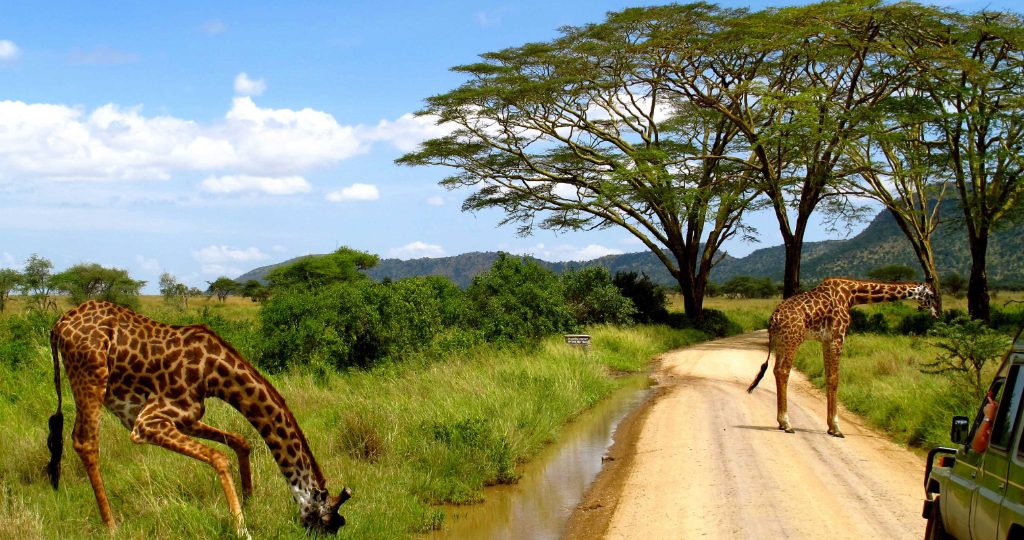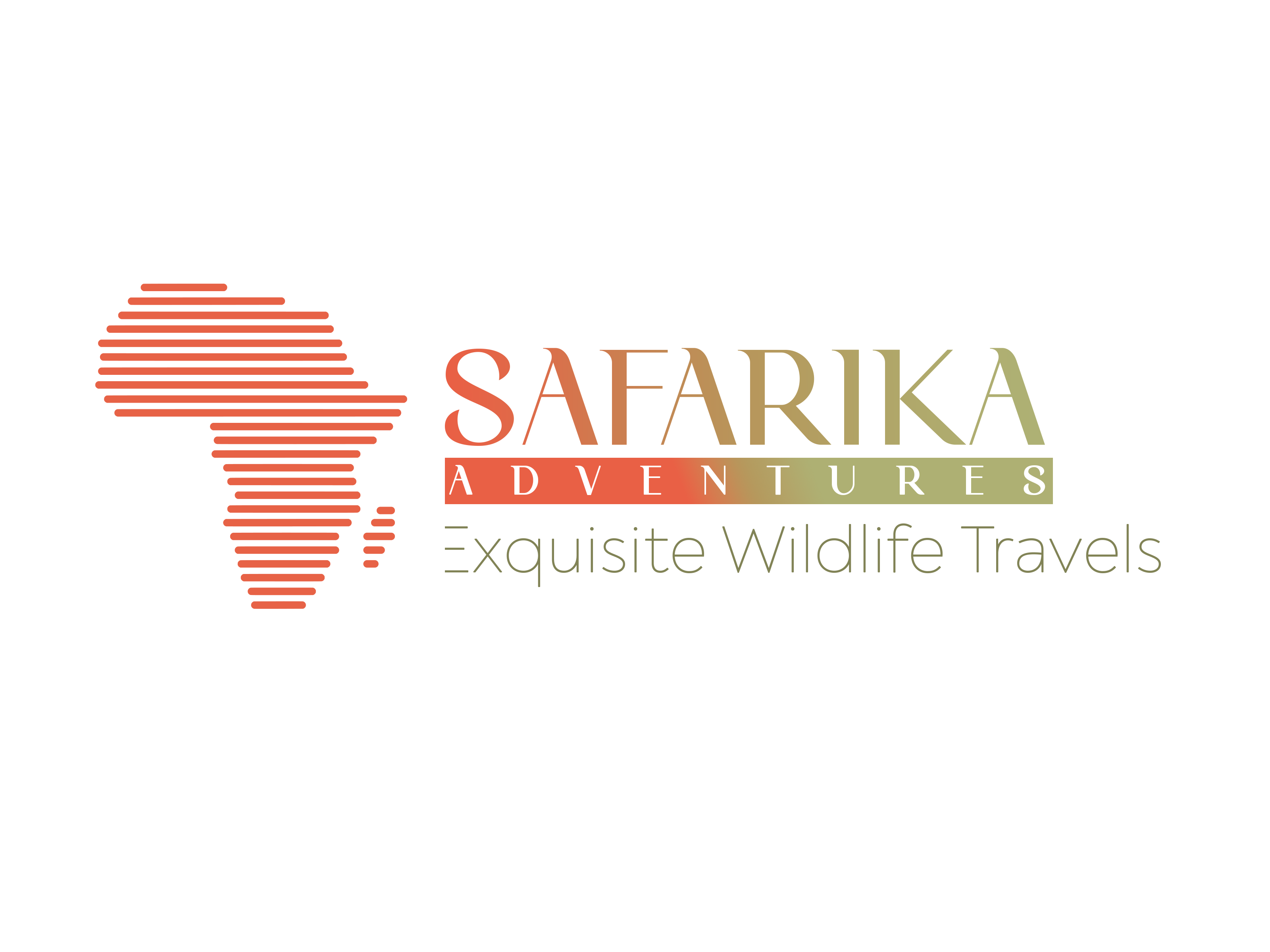10 Things You Need to Know Before Going on a Tanzanian Safari

A Tanzania Safari is a dream come true for many travelers. The country offers an unparalleled chance to witness diverse wildlife, including the Big Five, and explore stunning landscapes like the Serengeti National Park and Ngorongoro Crater.
However, planning a safari requires preparation and knowledge to make the experience seamless and unforgettable. Here are 10 essential things to know before you plan your Tanzania Safari Tour.
1. Best Time to Visit Tanzania for a Safari
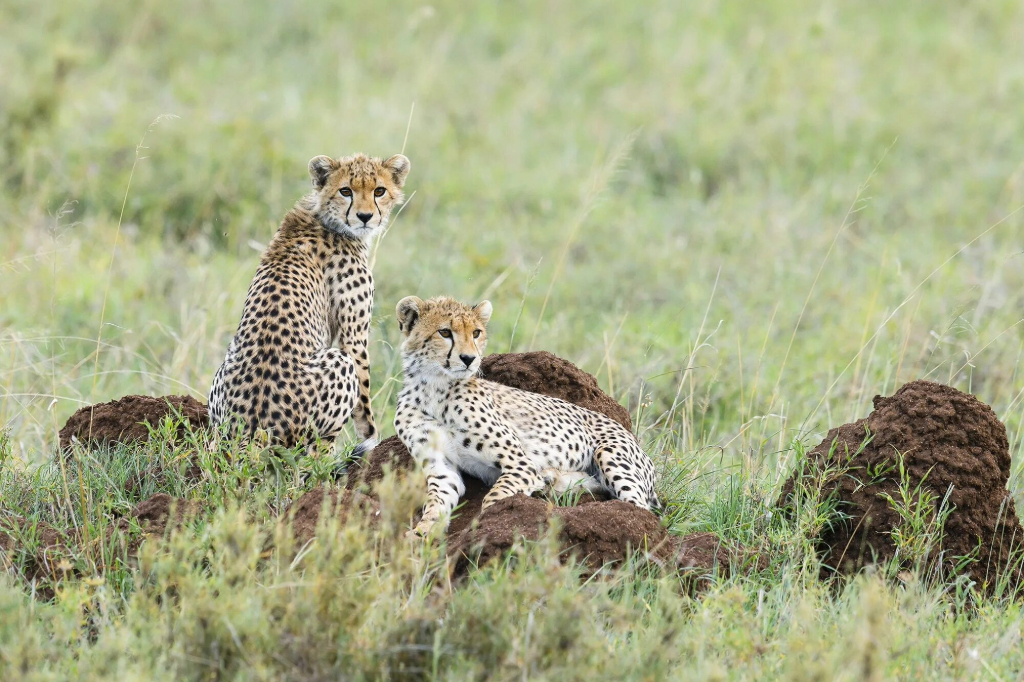
The Best Time to Visit Tanzania for a Safari is during the dry season, which runs from June to October. This period offers the clearest views of wildlife, as animals gather around water sources. If you want to see the Great Migration in the Serengeti, the best time is between July and October when wildebeest, zebras, and gazelles move across the plains. If you’re interested in bird watching, November to April is ideal for viewing migratory species.
2. Choosing the Right Safari Company
Selecting the right safari company is crucial for a hassle-free experience. Look for companies with well-established reputations, knowledgeable guides, and customized Tanzania Safari Tours. A professional operator will take care of logistics, provide safety measures, and offer insightful commentary throughout your safari. Safarika Adventures specializes in creating bespoke safari experiences that cater to your specific interests and needs.
3. Where Will You Go on Your Tanzania Safari?

Tanzania boasts a variety of national parks and reserves, each offering unique experiences. Popular destinations include the Serengeti National Park, known for its incredible wildlife and Great Migration, and the Ngorongoro Crater, a UNESCO World Heritage Site with abundant wildlife. You can also explore Tarangire National Park, Selous Game Reserve, or even the Mahale Mountains for a more remote safari experience.
4. What Will You See on Your Tanzania Safari?
On your safari, expect to see an incredible diversity of animals, including the Big Five (lions, leopards, elephants, buffaloes, and rhinos). Tanzania’s national parks are home to a vast array of species, including giraffes, cheetahs, zebras, wildebeests, and numerous bird species. The Serengeti and Ngorongoro Crater are particularly famous for their wildlife sightings and the Great Migration.
5. How Long Should a Safari Be in Tanzania?
The length of your Tanzania Safari depends on the number of parks you wish to visit and the type of experience you want. A typical safari lasts between 5 to 7 days. This gives you enough time to explore key destinations like the Serengeti, Ngorongoro Crater, and other iconic parks. For a more in-depth experience, you can opt for a longer safari lasting 10 days or more.
6. How Much Does the Tanzania Safari Cost?
The cost of a Tanzania Safari Tour varies depending on the season, accommodations, and the length of the tour. On average, a mid-range safari costs around $300 to $600 per person per day, while luxury safaris can go upwards of $1,000 per day. Be sure to consider all inclusions, such as meals, park fees, and transportation, when budgeting for your trip.
7. What to Expect on a Tanzania Safari
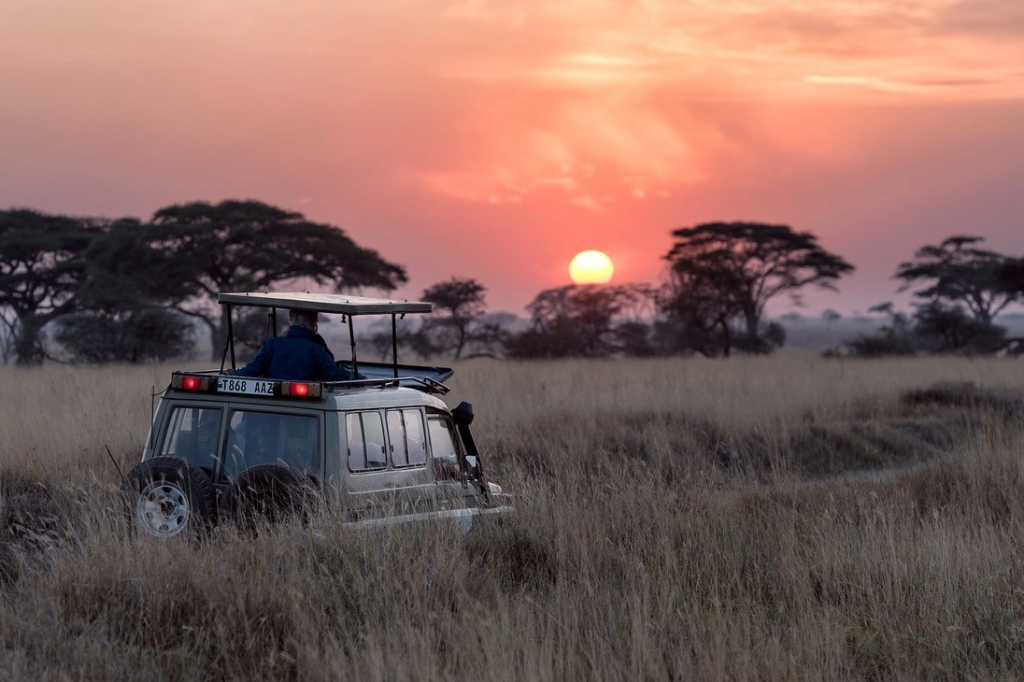
Expect early mornings and thrilling game drives, often starting at dawn, to catch animals in their most active state. You’ll traverse diverse landscapes—from the vast plains of the Serengeti to the lush forests surrounding the Ngorongoro Crater. Your guide will provide valuable insights into the behavior of animals and the ecosystems you’re exploring. Be prepared for bumpy roads, as some of the best safari spots require traveling over rugged terrain.
8. Tipping on a Tanzania Safari
Tipping is customary in Tanzania, especially for safari guides, camp staff, and drivers. For a safari guide, it’s standard to tip around $10-15 per day, and for camp staff, approximately $5-10 per day. Tipping is a way to show appreciation for the hard work and excellent service provided throughout your safari experience.
9. Pack Light and Smart
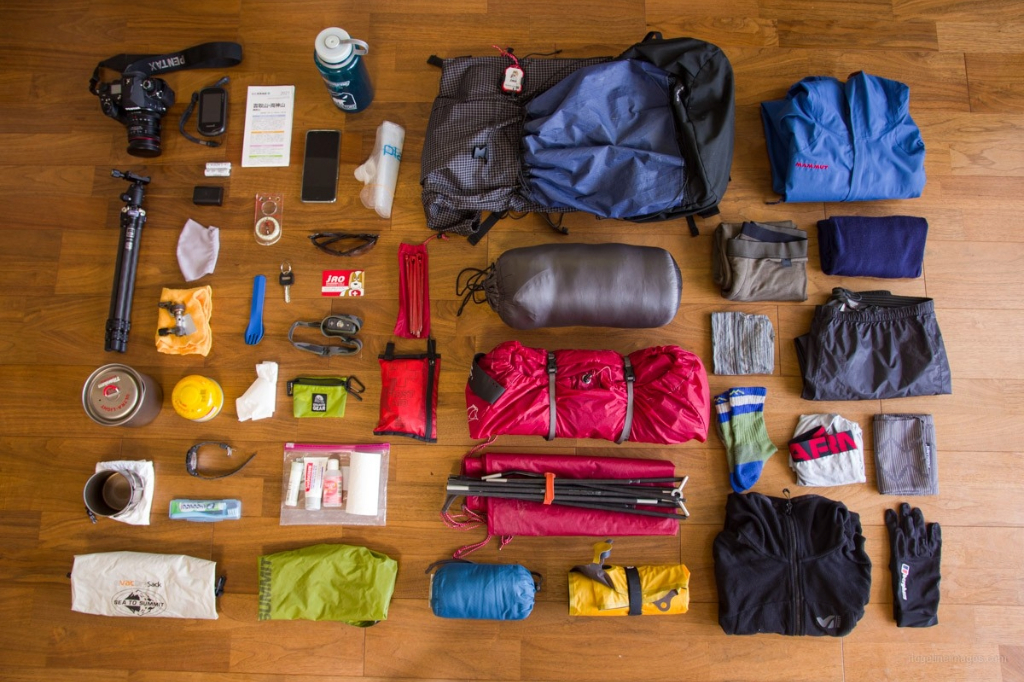
When going on a Tanzania Safari, it’s important to pack efficiently. Light, breathable clothing in neutral colors is ideal, as it helps you blend into the surroundings and stay comfortable during long drives. Don’t forget essentials like sunscreen, a hat, insect repellent, a camera, binoculars, and sturdy shoes for walking or climbing. Also, pack a small first aid kit with basic medicines.
10. Health and Vaccinations
Before going on a Tanzania Safari, consult your doctor about recommended vaccinations, such as yellow fever and typhoid. Malaria is prevalent in many parts of Tanzania, so take appropriate precautions, including using insect repellent, sleeping under a mosquito net, and carrying anti-malarial medication.
Final Thoughts
A Tanzania Safari offers unforgettable experiences that can create lasting memories. Whether you’re exploring the Serengeti’s wildlife-rich plains, witnessing the Ngorongoro Crater’s natural beauty, or visiting the Best Destinations in Tanzania, you’re in for an adventure of a lifetime.
Following these tips and planning carefully ensures that your Tanzania Safari Tour is safe, enjoyable, and filled with amazing discoveries. Start your journey with Safarika Adventures, and let us help you design the perfect safari tailored to your preferences!

